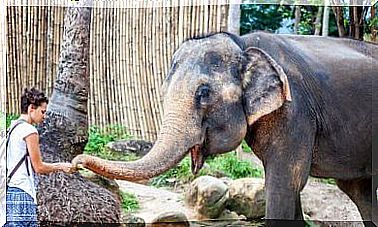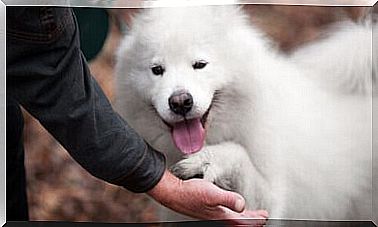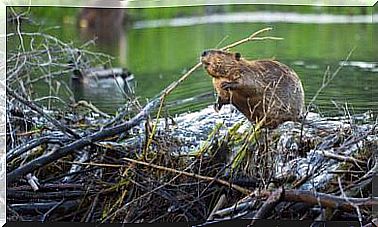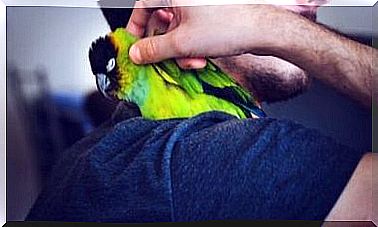Vallée Shepherd Dog: Characteristics And Curiosities
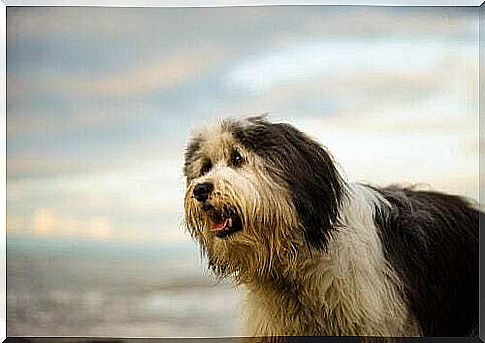
In the past, each European country had its own breed of shepherd or farm dog. In the case of Poland, the Vallée shepherd dog breed was created, also called the Polish Plains Shepherd, while its name in Polish is “owczarek (ovcharka) nizinny” .
Origins of the breed
The origins of the Vallée shepherd dog are unknown, as are those of most dogs that belong to ancient breeds. However, documents dating back to the Middle Ages have been preserved in which this dog was recognized for its work as a shepherd. What is certain is that his country of origin is Poland.
This Polish sheepdog began to be selectively bred at the end of World War II. It was the shepherds and breeders themselves who defined their breed by crossing different types of working dogs. In this way it was possible to avoid its extinction.
The Vallée Sheepdog was officially recognized as a breed in 1963. From that point on, the Polish Plains Shepherd began to spread outside his home country.
Today the Vallée shepherd dog is little known both in Europe and in other continents. It is widespread in Poland and Great Britain, however there are few specimens in Australia and North America.
It is likely descended from the cross between various dog breeds, such as Hungarian dogs and long-haired Tibetan dogs. Therefore, among its possible close relatives are the Brie Shepherd, the schapendoes or even the bobtail.
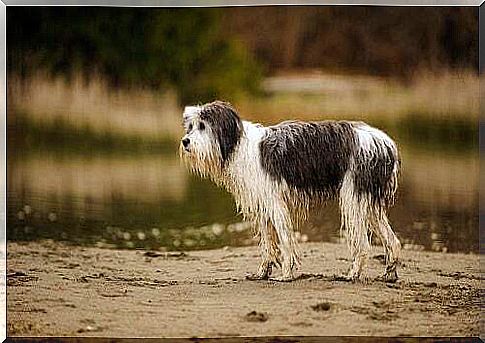
Physical characteristics of the Vallée shepherd dog
The Vallée Sheepdog is muscular, sturdy and quite energetic. Males reach a height of between 45 and 50 centimeters, while females reach 42-47 centimeters. The ears are heart-shaped, of medium size, drooping, broad at the base and rather high set on.
This Polish sheepdog is characterized by a fur of various shades. Occasionally, it may also have spots on the coat. In addition, the coat is dense, strong and long, so it requires frequent brushing.
The main function of these country dogs is to help humans with their housework, so they need to do a lot of physical activity. In addition, the Vallée sheepdog loves to be outdoors, regardless of the weather. Therefore, these dogs are excellent guardians of houses and farms.
Character and habits
They are extremely loyal and curious, and have no tendency to run away. They love being with humans and are very playful. Furthermore, they are wary and suspicious of anyone. Despite this, they never attack.
However, they are quite temperamental, from the time they are puppies until they reach old age. For this reason, they must be trained properly, as they only obey the “leader” of their pack. It is more difficult for them to obey beginners or people with a condescending character.
Socialization with other dogs is also very important for the Vallée shepherd dog, to shape the character and avoid problems of shyness or aggression.
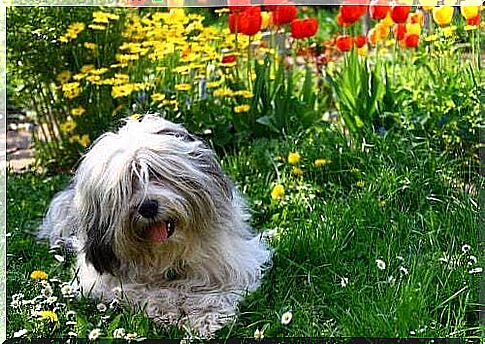
How to take care of the Vallée shepherd dog
This dog adapts well to the city and makes a great companion animal. However, it is necessary to give him a lot of exercise, because he is a dog with a lot of energy. He should take at least three long walks a day and, if possible, have distractions and games available.
It is good to have this dog channel their energy towards various sports. If not, it may have a tendency to discharge it with nervous and even destructive behaviors.
He loves eating both kibble and home cooked food. He tends to eat a lot, so it is advisable to keep his diet under control at all times.
The abundant coat requires rather simple care, but constant over time. It is best to brush and comb it every day to avoid knots.
Curiosities about this breed
Although it is a very hardy dog, the Vallée Sheepdog prefers to live in areas or regions with an intermediate temperate climate, that is, one that is neither excessively cold nor excessively hot.
Know that shepherd dogs bark a lot, certainly because of their past as shepherds and sheep keepers.
Some specimens may be born with congenital bronchitis. Unfortunately, being congenital, this disorder is passed on to puppies. Therefore, it is better not to mate the specimens suffering from this disease.

